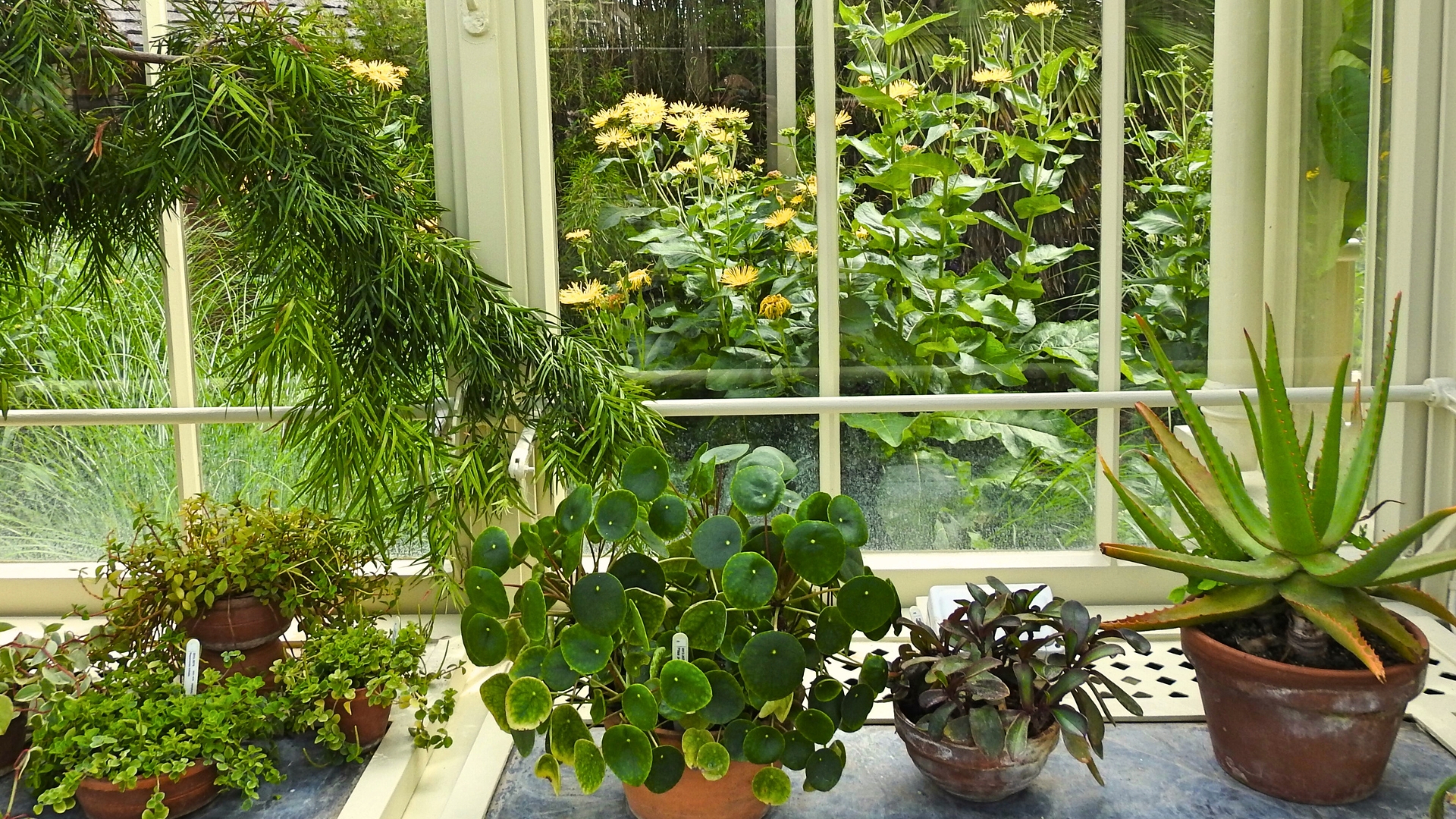Spot These 8 Leaf Changes Before It’s Too Late For Your Houseplants
Houseplants have a way of sending little warning signs—but it’s easy to miss them until things get rough. I’ve learned the hard way that leaf changes can tell you everything you need to know.
These 8 signs are your plant’s way of whispering “help,” long before it’s too late. Catching them early can save you a lot of heartbreak (and yellow leaves).
Let’s keep those greens healthy, happy, and thriving!
1. Yellow Edges
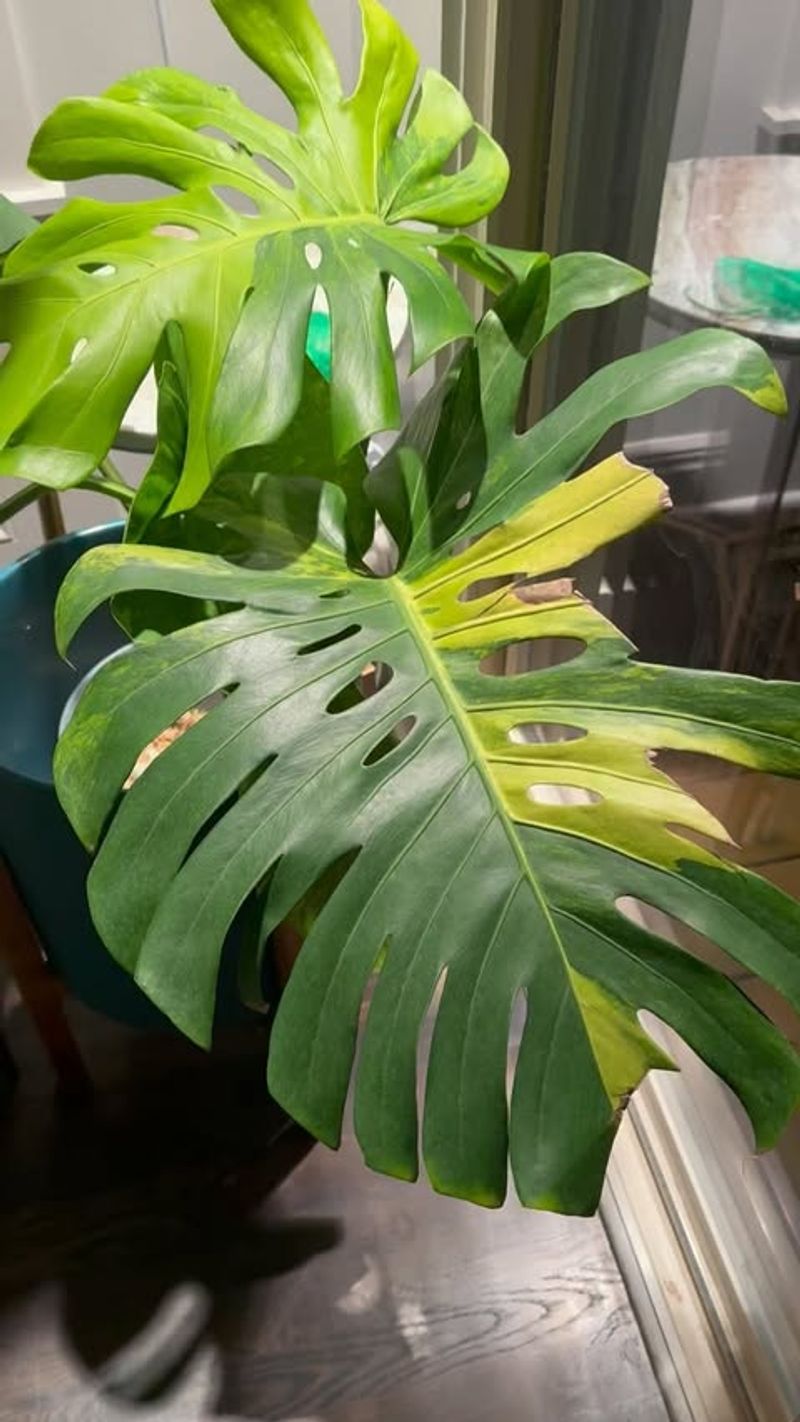
Crispy yellow edges on leaves often indicate over-fertilization or mineral buildup in the soil. The salts from fertilizers can burn delicate root systems and prevent proper water absorption.
Flush the soil thoroughly with distilled water to wash away excess minerals. Reduce your fertilizing schedule, especially during winter months when plants naturally grow more slowly. Most houseplants need much less feeding than you might think!
2. Brown Tips
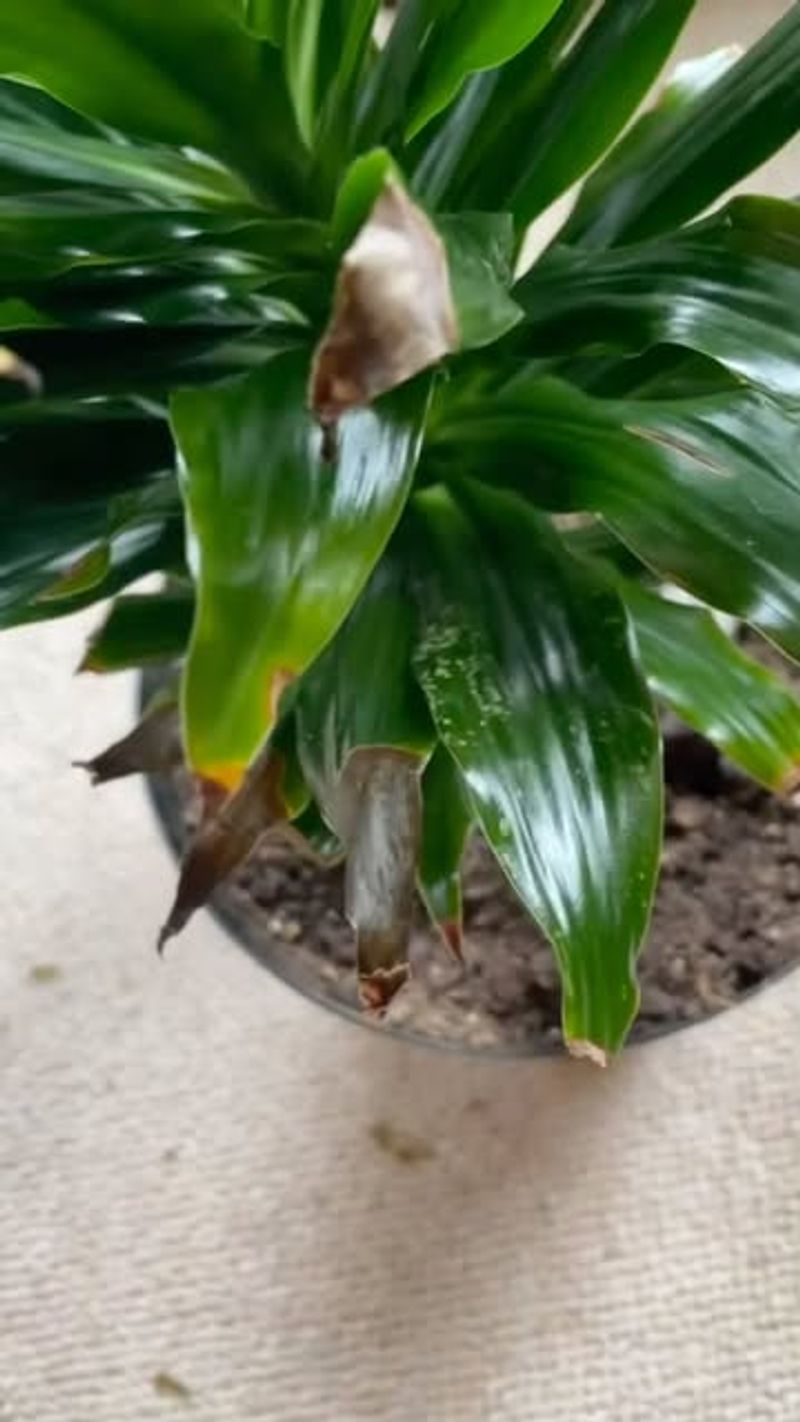
Brown tips appear when the air is too dry or when inconsistent watering stresses your plant. Unlike yellow edges, these brown areas usually have a softer texture and develop gradually at the very tips of leaves.
Increase humidity around your plants by grouping them together or using a pebble tray with water. Try to establish a regular watering routine based on each plant’s specific needs rather than following a strict calendar schedule.
3. Curling Leaves
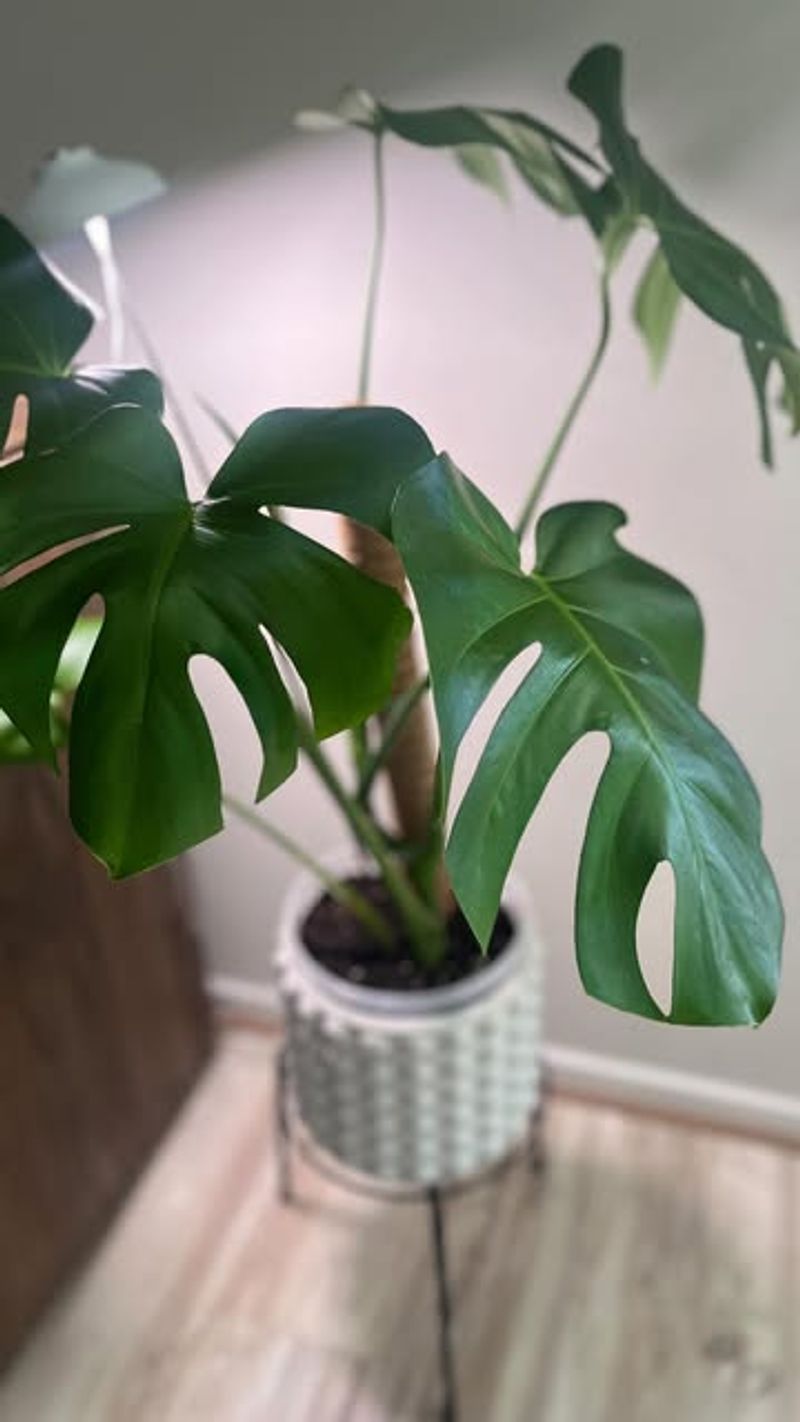
Leaves that curl inward or downward are typically reacting to environmental stress. Underwatering often causes upward curling, while overwatering might make leaves curl downward.
Check the soil moisture level by inserting your finger about an inch deep. Adjust your watering habits accordingly. Temperature extremes can also cause curling, so keep plants away from drafty windows, air vents, and heat sources that create sudden temperature changes.
4. Spotted Foliage
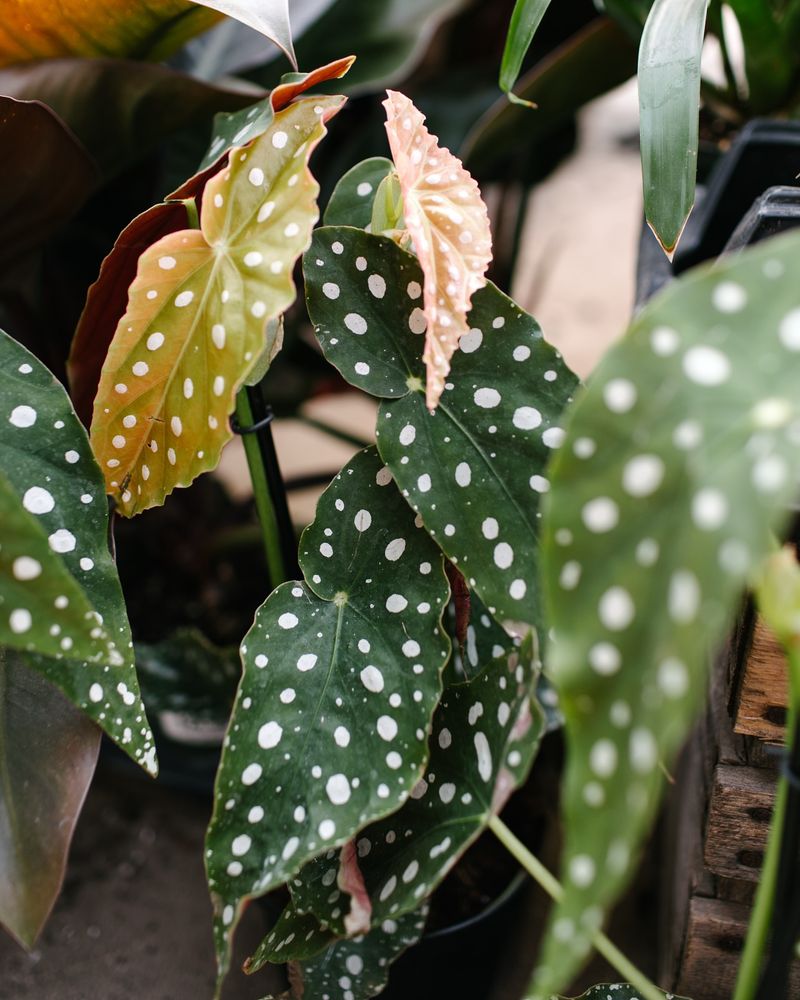
Mysterious spots appearing on leaves often signal fungal or bacterial infections. These spots might be brown, black, or yellow with distinct borders, depending on the specific problem affecting your plant.
Remove and dispose of heavily affected leaves immediately to prevent spread. Improve air circulation around your plants and avoid wetting the leaves when watering. For serious cases, consider a fungicide specifically formulated for houseplants.
5. Pale Leaves
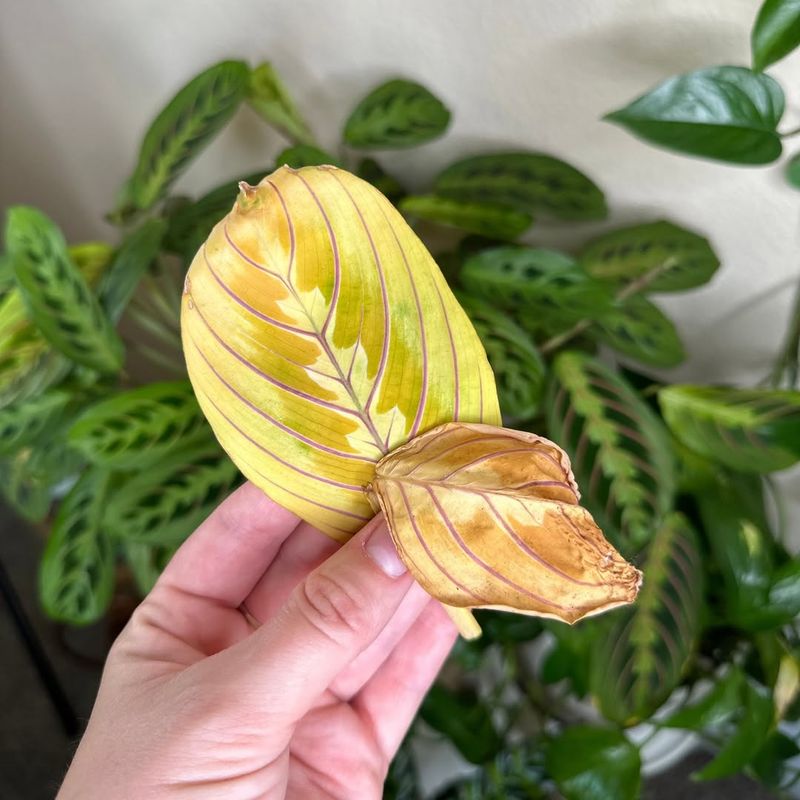
Normally vibrant leaves turning pale or faded often indicates insufficient light. Plants stretch toward light sources and produce less chlorophyll when they can’t photosynthesize properly, resulting in lighter-colored foliage.
Gradually move your plant to a brighter location, avoiding sudden exposure to direct sunlight which can cause shock. Consider rotating your plants regularly so all sides receive equal light. For very dark spaces, supplemental grow lights can work wonders.
6. Sudden Leaf Drop
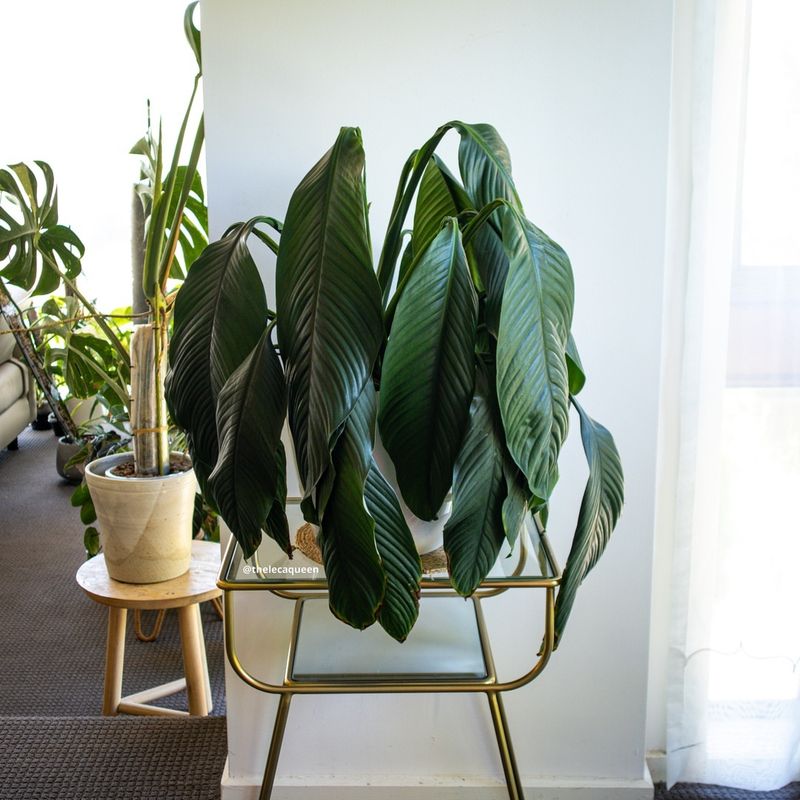
When healthy-looking leaves suddenly fall off without changing color first, your plant is likely experiencing shock. Temperature fluctuations, repotting stress, or dramatic changes in light conditions can trigger this defensive response.
Stabilize your plant’s environment immediately. Avoid moving it around frequently and maintain consistent care. Give your plant time to adjust after any necessary changes like repotting. Most plants will recover from moderate leaf drop if the underlying cause is addressed.
7. Webbing Between Leaves
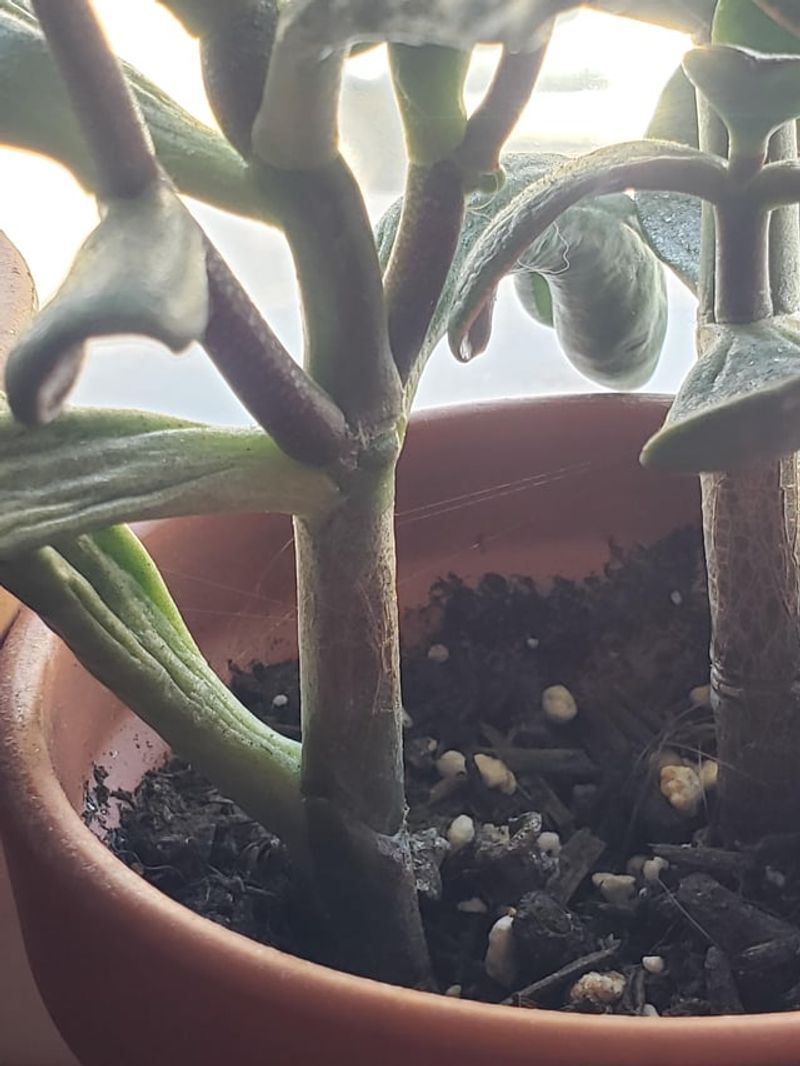
Fine, silky webs appearing between leaves or at stem junctions are a telltale sign of spider mites. These tiny pests suck sap from plants and multiply rapidly in dry indoor conditions.
Isolate affected plants immediately to prevent spreading. Increase humidity and spray leaves thoroughly with water to disrupt the mites. For serious infestations, consider insecticidal soap or neem oil treatments applied weekly until the problem resolves.
8. Transparent Patches
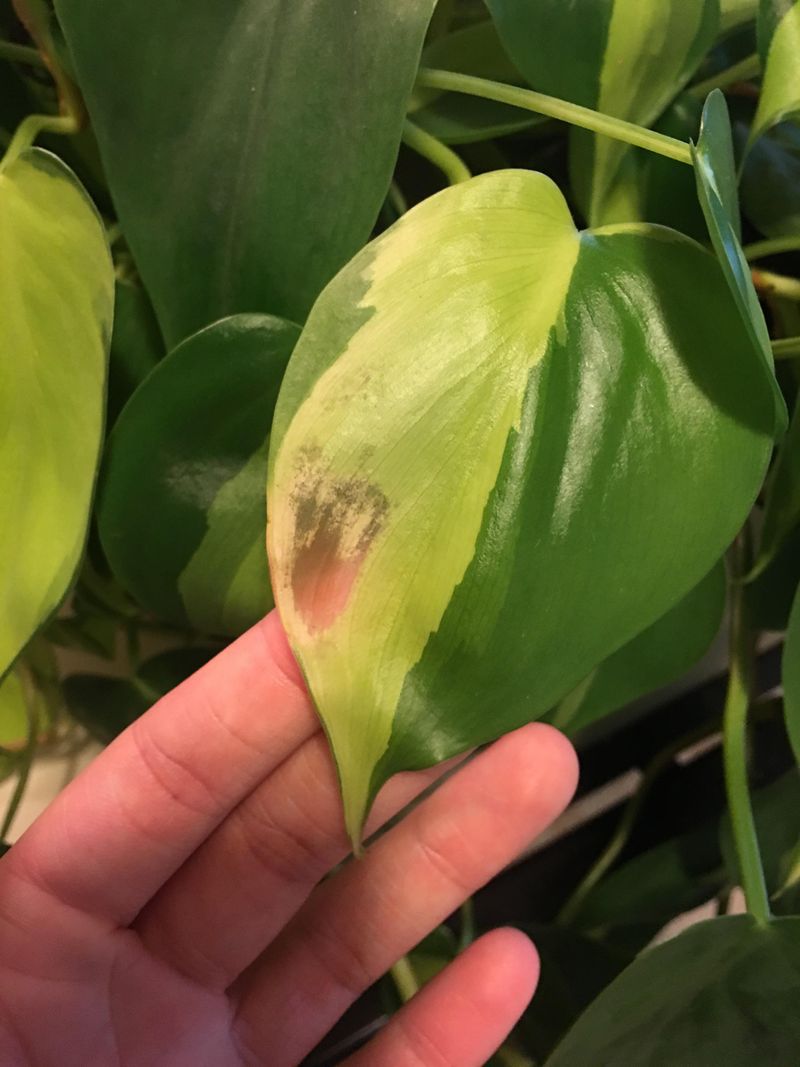
Sections of leaves turning transparent or paper-thin indicate cold damage or overwatering. The cell walls rupture when exposed to freezing temperatures or when roots sit in water too long, creating these distinctive see-through areas.
Move plants away from cold windows during winter nights. Ensure pots have proper drainage holes and never let plants sit in standing water. Allow the top inch of soil to dry out between waterings for most houseplants to prevent this common but serious problem.

